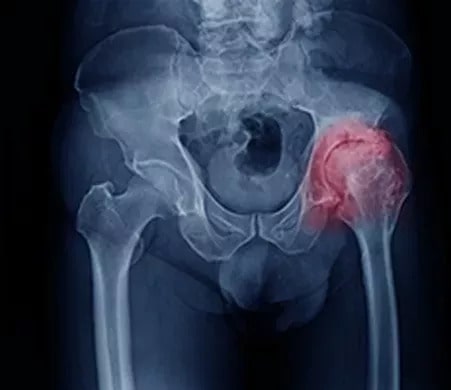What is discectomy?
Discectomy is a form of surgery to take out herniated discs in your spine. These discs are protective, spongy pieces of tissue that sit between your vertebrae. They cushion your spine and help you move.
A herniated disc (one where the inner core protrudes through the outer shell) can irritate or compress the nerves nearby, causing intense pain and sometimes leading to loss of function. Removing the damaged disc relieves nerve pressure and reduces pain.
Why might I need a discectomy?
Unless you have a particularly severe disc injury that requires urgent surgery, your treatment for a disc problem is likely to start more conservatively.
Vital Orthopedic & Spine Institute offers a range of effective treatments for back pain, such as physical therapy, medication, and injectables, that work very well for most patients.
However, if these approaches aren’t addressing the problem, discectomy might be necessary.
What does discectomy involve?
If your injured disc doesn’t need removing entirely, you might be a good candidate for microdiscectomy. This involves using minimally invasive techniques to extract the portion of your disc that’s pressing on the nerves.
If the whole disc needs to be removed, the Vital Orthopedic & Spine Institute surgical team might also be able to use minimally invasive spine surgery techniques to take the entire disc out.
Minimally invasive surgery doesn’t require large incisions into your spine. Instead, your surgeon uses retractors to ease the muscles aside and a powerful magnifying instrument or a tiny camera to view the surgery site.
As the disc helps stabilize your spine, you would then need to undergo an additional intervention to address this issue.
What methods are used to stabilize my spine after discectomy?
There are two options for stabilizing your spine after a discectomy — spinal fusion or an artificial disc replacement.
Spinal fusion
To fuse the vertebrae on either side of the absent disc, your surgeon implants a bone graft. The vertebrae fuse to the bone graft, creating strong support for your spine. Fusion techniques are highly advanced and typically very successful. However, you do lose some range of motion in your spine.
Artificial disc replacement
Artificial disc replacement involves implanting a new, synthetic disc. This approach helps maintain more flexibility in your spine, as the artificial disc closely mimics the function of your natural discs. However, not everyone is a suitable candidate for this approach.
To find out more about discectomy and get the right treatment for your herniated disc, call Vital Orthopedic & Spine Institute today or book an appointment online.










